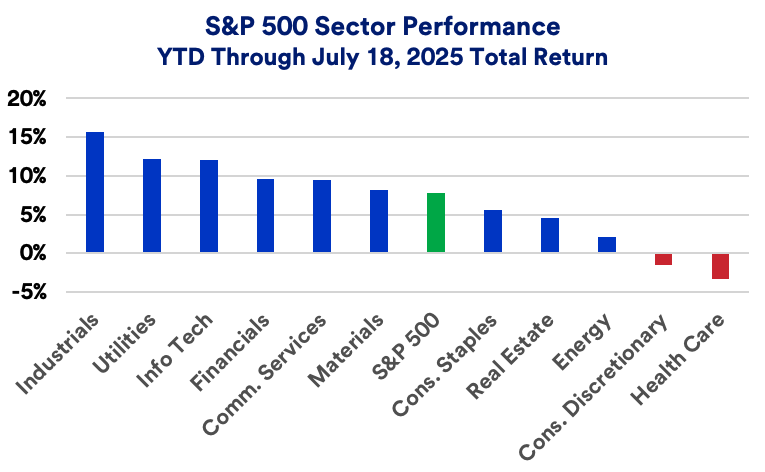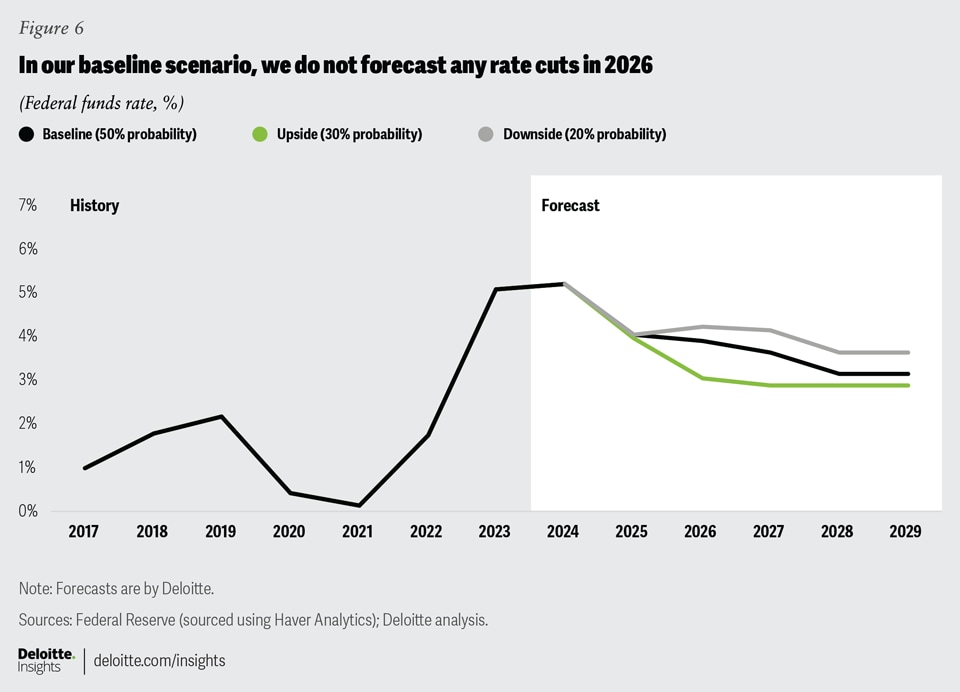Investing in Real Estate Stocks


- Real estate stocks are staging a strategic comeback in 2025, led by data centers, logistics, and residential REITs amid stabilized interest rates.
- Secular shifts like AI infrastructure, e-commerce growth, and housing shortages are driving demand for specialized, high-performance real estate assets.
- The focus has shifted from speculation to fundamentals—quality balance sheets, long leases, and location strength are attracting institutional capital.
- While risks remain in office and retail, selective exposure to the right REITs can offer inflation protection, income, and portfolio resilience.
TradingKey - Coming out of a rocky couple of years, real estate equities, in particular, REITs, are making a low-key resurgence in 2025. Freed from the shadow of pandemic disruptions and ongoing rates of record highs, the market is re-establishing itself as a viable, yield-y, and growth-correlated investment. Little more than the frozen caricature of physical stagnation, the modern-day real estate world is fast-paced, diversified, and tied increasingly to secular patterns that go well beyond cycles of interest rates.
Indeed, the recovery is not about speculative buying or easy profits. It’s about something more sustainable: operational health, adaptive strategy, and the resurgence of capital discipline. With stabilized rates injecting life into transaction volumes and leasing, high-caliber REITs with robust balance sheets and differentiated portfolios are delivering on the ground. The 2025 narrative is not simply about buildings, but about transformed ecosystems of demand, reallocation of capital, and structural resilience.

Source: https://www.usbank.com
Structural Shifts Driving Momentum
The fuel driving the current surge is not short-lived relief, but the convergence of powerful forces that are re-defining the real estate market. The most important of these is the leveling of interest rates. Following a brutal 2022 and 2023 repricing, the rate environment has stabilized, bringing back the predictability to the markets for debt and, once again, making equity-backed property funding desirable. As the cap rates stabilize and the terms of funding become more favorable, the market is back on firm ground, in deliberate, rather than speculative, fashion.
Another paradigm-shifting trend is the rise of special-purpose real estate categories. Data centers, warehouses, life sciences campuses, and single-family rentals became overnight favorites amidst the compatibility of today's demand profiles. These are not niche bets, are mission-critical infrastructure that powers everything from AI infrastructure to demographic housing shifts. While core offices and retail continue to struggle, these new verticals are expanding the definition of what a “core real estate” allocation is.
The explosion in artificial intelligence, in turn, has provided a most unexpected tailwind for the industry. With the demand for the storage of data, edge computing, and power-hungry functions skyrocketing, the REITs of the data centers are enjoying a new wave of investment. Suburban rentals and logistics warehouses are also witnessing increased action due to the ongoing problem of housing affordability and strong logistics demands for e-commerce.
.jpg)
Source: https://seekingalpha.com
Opportunity Within the Landscape
Against this volatile real estate landscape, certain sub-segments are emerging as attractive opportunities. Logistics real estate specialists, particularly those related to international supply chains, are capitalizing on the lingering reshoring and warehousing of commodities. Residential REITs that manage portfolios of single-family rentals in burgeoning markets are thriving through persistent supply shortages and population migrations to the U.S. Sunbelt. Even health-adjacent properties, such as life sciences campuses near research universities, are profiting from the mass build-out of innovation economies.
Also notable is the fact that capital is pouring into lease durable structures, creditworthy tenant anchors, and lower-levered assets, a sign that this rally is less speculative and more qualitative. Institutional capital has come back in almost scientific fashion, being selective for portfolios that have long-term rent appreciation clarity, rent escalations embedded, and macro shock-absorbing flexibility in operations. This is not a rising tide lifting all boats but a clear flight to quality.
As most investors are glued to higher-return tech or growth equities, real estate is increasingly stealthily acting as volatility insurance, an income source, and a player in secular themes of growth. In a world that requires physical infrastructure for digitalization, climate resilience, and demographic change, real estate corporations are not only landlords anymore but are instead strategic facilitators of change.
Risks Below the Recovery
Real estate is always an interest rate- and cycle-sensitive sector. A hiccup in the hoped-for rate reductions or return of inflation might cool the market enthusiasm. Despite operational diversification, property valuations might come under strain if borrowing rates are high or tenant occupancies are weak. This is true in spaces such as core office and suburban malls, wherein underlying structural headwinds persist and keep fundamentals weak.
Geographic concentration is also an issue. Investors overly concentrated in soft demographic or employment trends may end up with the wrong assets in the wrong locations. Metro locations with too much office supply or sluggish population growth, for instance, might struggle for years irrespective of the larger market environment. Selectivity is therefore critical, not only in asset class, but in location, lease profile, and balance sheet composition.
And then there's valuation risk. Some of the top-performing REITs already exhibited significant price recoveries, so the issue is whether the best points of entry are now in the rearview mirror. But even if that's the case, the dividend yields are compelling and the long-term demand fundamentals in place. The problem is whether the appreciation in price is of the short-term momentum or of structural permanence kind.

Source: https://www.deloitte.com
A Strategic Perspective for Investors
Investing in real estate stocks nowadays requires a longer-duration, more sophisticated mindset. It is not a business for mass buying or index-level exposure. It is, however, fertile ground for selective allocation, particularly for those investors in need of portfolio diversification, inflation protection, and reliable income.
Success will come to those who distinguish between short-cycle yield plays and platforms positioned for secular compounding. The best real estate stocks aren’t just collecting rents, they are capital allocators with domain expertise, technological adaptation, and the foresight to reshape portfolios in response to evolving needs. Whether in urban logistics, suburban rentals, clean infrastructure, or mission-critical campuses, real estate is becoming more than shelter, its strategy.
The opportunity is not to chase what's already returned, but to discover the next piece of underrated power. With rising digital infrastructure, demographic transformation, and capital constraint, real estate stocks are once again a good building block for savvy portfolio construction, not only to produce return, but to ground them.








